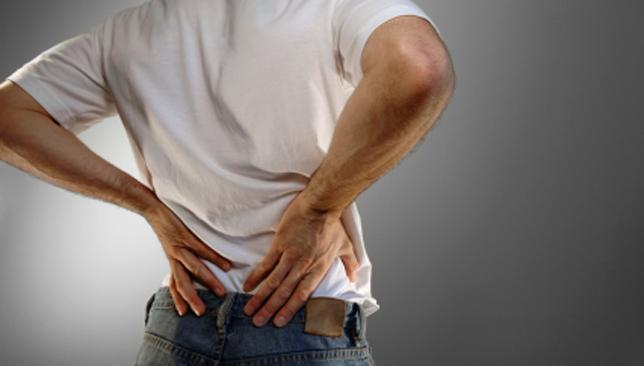
Last week I wrote about muscle imbalances, how they cause injuries and pain, the necessity of identifying them and the best way to treat them. Muscle imbalances are caused by repetitive movement patterns and very common in athletes and sportsmen, but for most of us our greatest enemy is a sedentary lifestyle. This week I’m going to pinpoint the main muscles affected by spending too much sitting and give some tips on how to balance things up.
– EVENT: Nike We Run DXB 10km
Muscles Affected
Erector Spinae: These muscles support your spine, but work with other muscles such as gluteus maximus and core. When you sit, your glutes aren’t working, so the erector spinae muscles fatigue very quickly. Apart from the ache in your back that this will cause, you lose the natural lumbar curve which can in time contribute to such problems as a prolapsed disc. Many of us spend too much time hunched over a computer or steering wheel which further weakens the back muscles and we end up with a kyphosis together with neck pain caused by a forward head position and shoulder tension.
Core Muscles: When we stand or move around with good posture, our core muscles switch on to help maintain a stable pelvis and spine and maintain the natural curves. When we sit, our core muscles do nothing much. These muscles stabilise the pelvis and spine with the help of the glutes which, as mentioned above, aren’t working when seated. This means that the pelvis is going to be tilted instead of in a balanced, neutral position, causing back problems, unless you have a very good chair with lumbar support.

Hip Flexors: These cross the front of the hip and top of thigh and are involved in hip flexion. If you sit for long periods of time, these muscles become shortened which will alter the position of the pelvis from ideal neutral to anterior – the pelvis will tilt forward creating pressure on your lower back.
Hamstrings: Tight hamstrings are associated with back pain because they stop the hips from flexing during forward bending. That forces the lower back to bend beyond its strong middle range, hence the advice to bend the knees when picking something up from the floor. When you sit for long periods of time, the hamstrings are shorter than their ideal length.
Solutions
Here are four simple things you can do to really make a difference:
1. Get up and walk around every hour, perhaps to get some water.
2. Ensure that your chair at your desk and car seat support your back. Check the height and distance from you of your keyboard/ steering wheel.
3. Try to take a walk in your lunch break or after work. Sitting is bad for the heart muscle too.
4. Consider standing for some of the day: our vet had his laptop on a high stand so that he didn’t have to sit to write notes between consultations.